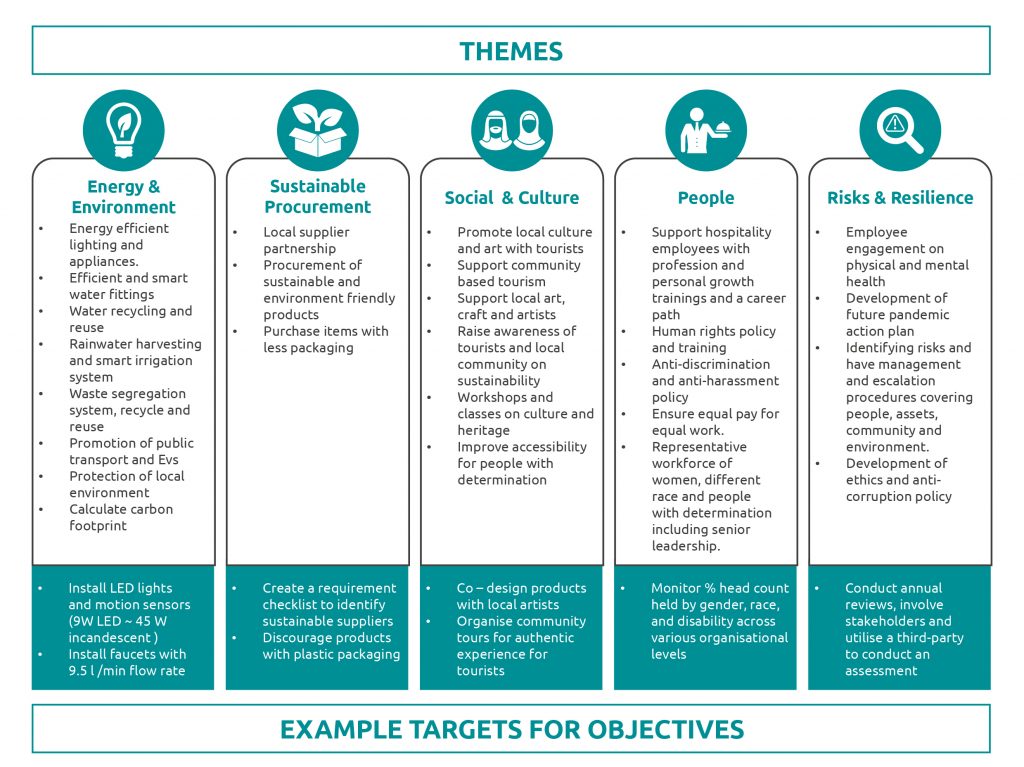Effective Strategies for Managing Tourism Impacts

Sustainable tourism is not just a buzzword; it's a crucial approach to travel that ensures the preservation of the places we visit while offering economic benefits to locals. However, the management of tourism impacts presents a myriad of challenges that require thoughtful strategies. This article delves into effective strategies for managing the impacts of tourism, ensuring destinations remain vibrant and viable for future generations.
Understanding Tourism Impacts
Before delving into strategies, understanding the impacts of tourism is key:
- Environmental impacts - Tourism can lead to habitat destruction, increased waste, pollution, and significant wear on natural and cultural landmarks.
- Economic impacts - While tourism can stimulate local economies, it can also result in economic leakage, seasonality issues, and income inequality.
- Socio-cultural impacts - There can be cultural commodification, cultural changes, community displacement, and issues related to carrying capacity.
- Political impacts - Tourism might influence local governance, policy-making, and even geopolitical relations between countries.

Strategies for Managing Environmental Impacts
Eco-tourism Promotion
- Encourage eco-tourism operators to abide by sustainable practices like reducing waste, minimizing energy consumption, and protecting local wildlife.
- Establish eco-labels or certifications for businesses that meet stringent environmental standards.
- Develop infrastructure like paths and boardwalks to minimize environmental disruption.
Waste Management
- Implement recycling programs and provide incentives for businesses to manage waste effectively.
- Encourage visitors to minimize their ecological footprint through education and incentives for eco-friendly behavior.

Regulating Visitor Numbers
- Use quotas, permits, or booking systems to manage visitor numbers, especially in sensitive areas.
- Create “green periods” where entry is restricted to allow ecosystems to regenerate.
🌿 Note: Remember, eco-tourism does not mean that all tourism should be environmentally focused; it's about balancing the needs of different stakeholders and the environment.
Strategies for Economic Sustainability
Local Economic Empowerment
- Promote local sourcing, where tourists are encouraged to spend on local products and services.
- Support cottage industries and small-scale local entrepreneurship to distribute income more evenly.
Seasonal Management
- Develop off-season events, marketing campaigns, or festivals to spread tourism evenly throughout the year.
- Create incentives for tourists visiting in less popular seasons.
Minimizing Economic Leakage
- Encourage investment in local businesses rather than large international chains.
- Develop regulations that might favor local ownership or at least ensure that profits remain within the community.
Socio-Cultural Strategies
Respect for Local Culture
- Educate visitors about cultural etiquette, local customs, and traditions.
- Use storytelling and immersive cultural experiences to deepen tourists’ understanding and respect for local cultures.
Community-Based Tourism
- Involve local communities directly in tourism planning and decision-making processes.
- Develop initiatives that empower locals to manage tourism activities, ensuring benefits are shared equitably.
Protecting Cultural Heritage
- Encourage conservation efforts, providing funding for restoration projects of cultural sites.
- Create cultural preservation zones where strict regulations limit the commercialization and degradation of heritage sites.

Political and Policy Strategies
Regulatory Framework
- Implement zoning laws to protect environmentally or culturally sensitive areas from overdevelopment.
- Enforce land use regulations to ensure development is sustainable and respects the local context.
Stakeholder Collaboration
- Form public-private partnerships to share resources, knowledge, and responsibility in managing tourism impacts.
- Engage in intergovernmental cooperation to ensure that the benefits and burdens of tourism are shared regionally.
🌱 Note: Political strategies often require balancing economic development goals with conservation efforts, which can be challenging but rewarding in the long run.
In wrapping up, managing tourism impacts is a delicate balancing act that requires proactive measures across environmental, economic, socio-cultural, and political dimensions. Successful strategies involve empowering local communities, educating visitors, and implementing robust regulatory frameworks. By employing these strategies, destinations can maintain their allure while fostering sustainable development, ensuring that tourism is a boon rather than a bane for both locals and visitors.
How can tourists minimize their environmental footprint?
+Tourists can minimize their impact by choosing eco-friendly accommodation, reducing waste, respecting wildlife, and using public or sustainable transport options.
What are the benefits of eco-labels for tourists?
+Eco-labels provide tourists with assurance that their stay or activity supports environmentally sustainable practices, which in turn promotes eco-conscious tourism behaviors.
Why is it important to involve local communities in tourism management?
+Local involvement ensures that tourism benefits are shared equitably, cultural integrity is preserved, and tourism development reflects the community’s needs and aspirations.
Related Terms:
- Great Barrier Reef sustainable tourism
- Sustainable ecotourism
- Economic sustainability
- Environmental tourism
- Tourism models and theories
- What is overtourism



